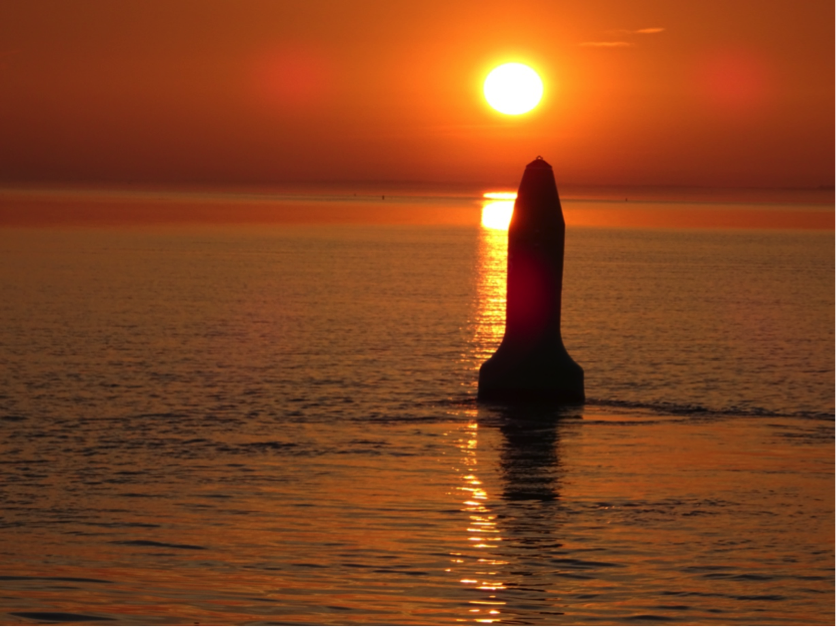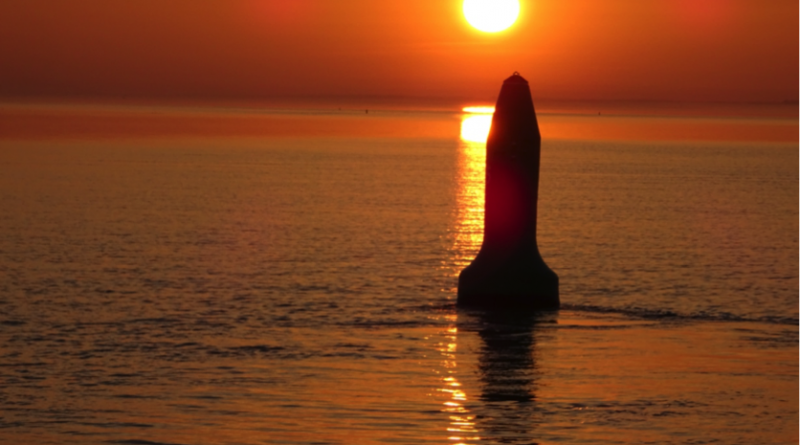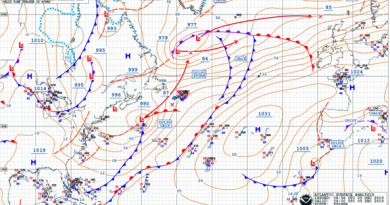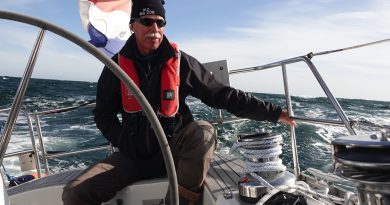RYA-tips #37 – Navigation, a continuous process
Zeilen is een combinatie van wetenschap en kunst. En voor wie daar meer over wilt weten schrijft Albert De Nijs, instructeur bij de De Zeezeilers van Marken wekelijks een rubriek met tips&trics van de Royal Yachting Association.

Navigation is by nature a continuous process. Your present position is linked to the previous position, which forms the starting point for the next fix. Plotting the position on a chart at regular intervals allows you to visualize progress and check the accuracy of your position fixes. Changes in tidal currents, drifting of the intended track, it all become immediately obvious. The plotted positions create a pattern and an incorrect fix falls out of line.
The tools for position fixing change when leaving confined waters. The last bearing on a lighthouse can be constructed on the chart, further fixing will probably be GPS based and plotted on the chart. On a planning chart you can mark when a larger scale chart is available, draw attention to a seamount or indicate when land might be sighted.
When solely relying on the chartplotter, there is a tendency to become less involved. As human beings, we are not awfully good at monitoring a system and remaining in the loop. It is easy to relax in the role of passive (complacent?) observer instead of ‘navigator-in-charge’.
A well-maintained plot on a paper chart also supports a fluent hand-over of the watch. It forces the off-coming watch-leader to focus on the essentials, and helps the next one in creating a mental picture. In one glance you see the present position, its history and the surrounding dangers. To create situational awareness this is more helpful than interpreting logbook entries.
A consistent pattern of fixes is an indication of navigational accuracy!
Albert de Nijs, Dutch Offshore Sailing Academy



